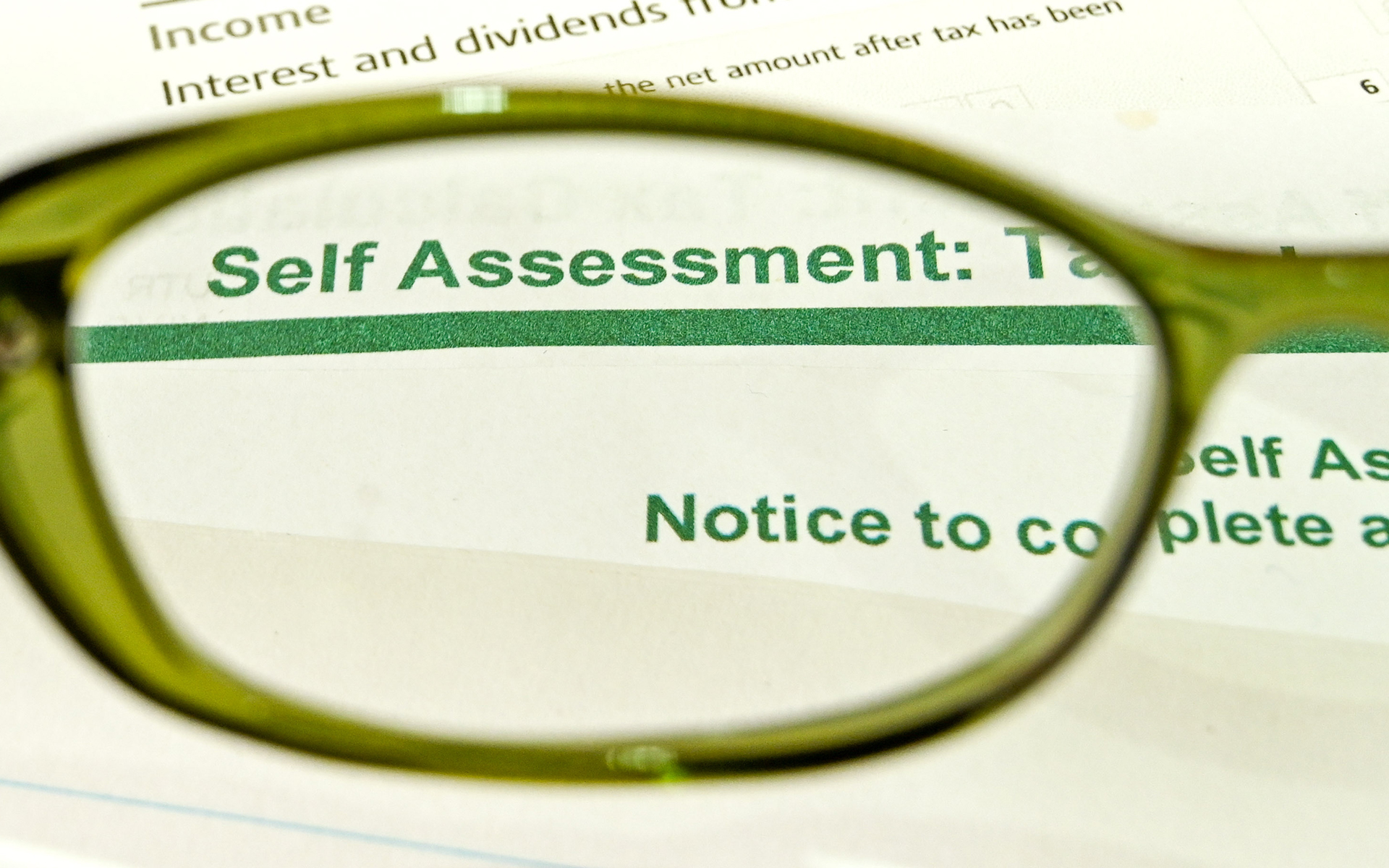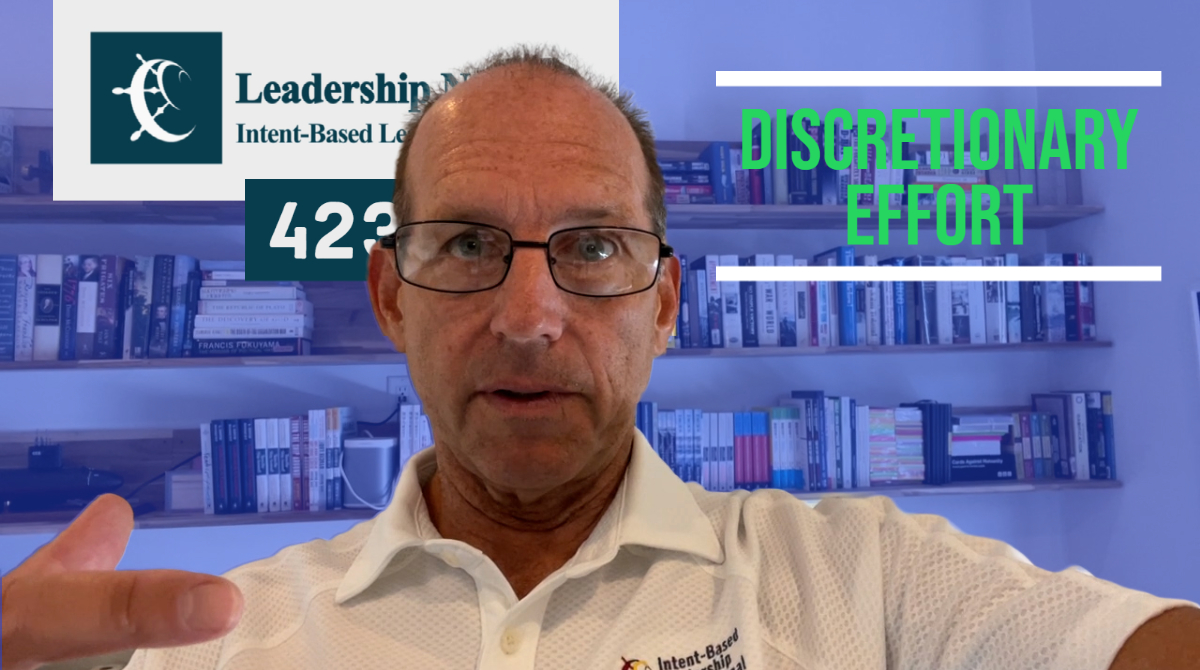7 Steps To Learning From Our Mistakes
Even when operations don’t have glaring problems, an assessment can reveal areas for improvement.
Learning from Mistakes is key to Continuous Improvement. Here’s a 7 step process.
You would like the practice of learning from your mistakes throughout your organization. Learning is the key to continuous improvement and our own mistakes provide the best cases because we have more insight into what happened and more immediacy since it happened to us.
The most important principle is that of proportional response in that the scope and detail of the investigation should match the severity of the error. If you make it too hard to conduct critiques then they won’t happen without oversight. If you make the critiques too simplistic, you won’t learn anything. The following approach can be scaled up to significant problems such as Fukushima plant melt-down and down to low level procedural errors.
1. Prepare for the critique. This is what happens after you’ve discovered a problem and before gathering key individuals for the investigation. All available documents, logs, records, and applicable procedures should be obtained. Preliminary timelines can be drawn up based upon logged and recorded data. Thorough preparation will improve both the efficiency and the effectiveness of the critique because it will make clear “what happened” and participants will be able to spend the majority of their time focused on judgment areas: identifying problems, root causes, and corrective actions.
2. Determine what happened. This is the most important part and the part most likely to be inadequate. The main problem is that we all think we know what happened and conduct a superficial review of the events in order to rationalize what we already think. Lack of specifics such as “actions were slow” (how slow?), “positioning was inaccurate” (how inaccurate?), and “steps were ordered” (by whom?) are indicators that we have not sufficiently determined what happened.
3. Compare what happened with standards. Once an accurate picture of what happened is developed, actions can be compared to specific performance standards. Typically standards come in two forms: procedural standards (startup the reactor per procedure) and performance standards (rig a pressurized fire hose to the scene in 2 minutes). A combination of performance and procedural standards is commonly appropriate. Comparison to procedural standards requires that the relevant procedures be present and referenced during the assessment.
4. Identify shortcomings. This step requires detailed analysis of the list of standards- based facts to determine why standards were not met, who caused the failure to meet standards, and whether or not the failure is a shortcoming. Many people assume that any failure to meet a standard is a shortcoming but that’s not automatically true. Just because a time standard was not reached does not mean there is a shortcoming. If it was due to the performance of competing higher priority actions, then we may conclude that performance was appropriate. If not, then intimate knowledge of the process can reveal where performance gains can be made. Identifying personnel responsible for the failure to meet standards is important in determining root cause(s) and appropriate corrective action.
5. Determine root causes. In determining root causes, I find it useful to think in terms of decision points and execution. For example: the Officer of the Deck ordered the appropriate hydraulic header isolated, but watch standers did not effectively accomplish this action as opposed to the OOD ordering the wrong hydraulic header isolated. If the decision was wrong, look at why the decision was wrong.
– Did the decision maker have the appropriate information, and was it correct?
– Did communication errors or watch team backup contribute to the improper decision?
– Did the person making the decision have inadequate level of knowledge of the system, indication, or procedures – was he properly trained and qualified?
– Are reports to the decision maker structured to deliver the requisite information on which to base a decision?
If execution was the problem, look at elements of procedural compliance, deliberate action, watch standing qualification and training issues for the watch team. Include issues of watch stander control, supervision, and teamwork.
6. Determine corrective action. Whether short- or long-term, every root cause must be addressed by corrective action. Short-term corrective action typically involves measures to ensure the continued safe operation of the ship – replace the errant watchstander with someone better qualified to do the job correctly, implement supervisory oversight, stop all work until appropriate personnel can be properly trained, make an immediate change in the process by which a set of actions is carried out.
Long-term corrective actions typically focus on correcting deficiencies in training, qualification, standards of formality, processes, and design. It is important to include methods to track and measure the effectiveness of these corrective actions to prevent recurrence of identified shortcomings. These corrective actions and their associated measures of effectiveness become part of the continuous self-assessment and improvement process.
7. Document what you learned. Documentation should be in a form appropriate to the level of the assessment – formal written report to verbal feedback. In general, entering investigations into a database is more helpful as it will allow long-term trend analysis of low level issues that would otherwise remain undetected.

